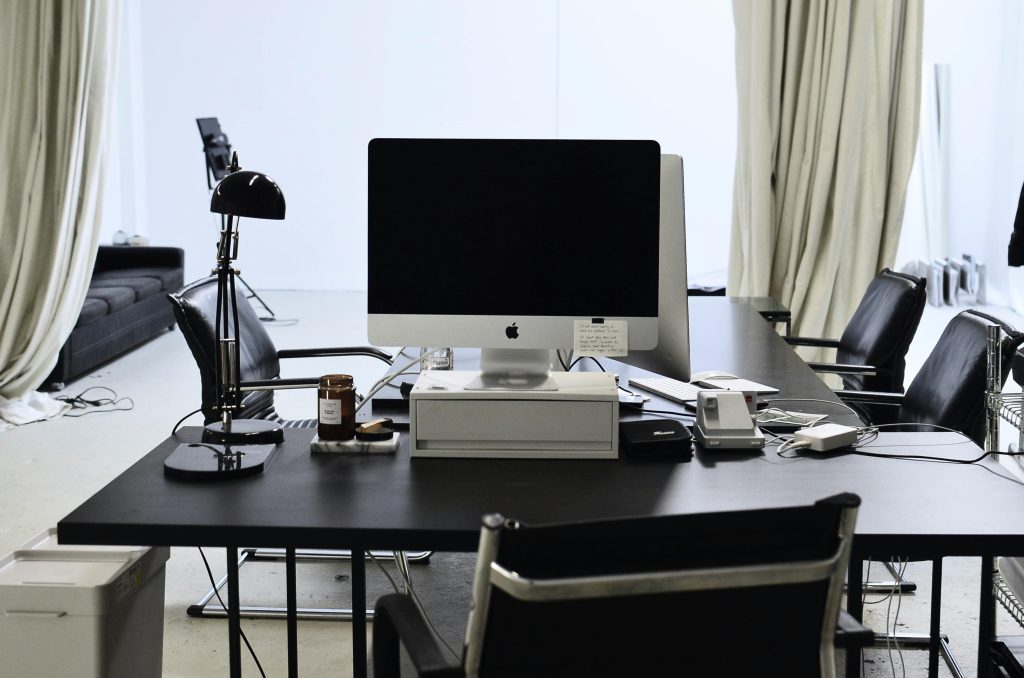Certainly! Here’s a professional, well-structured WordPress blog article based on your Reddit post:
How to Detect and Remove Potential Malware from Your Windows 11 Laptop
If you’re experiencing unusual behavior on your Windows 11 device, such as persistent storage issues or unfamiliar programs, it could be a sign of malware or unwanted software. For those who may not be tech-savvy, identifying and removing malware can seem daunting. This guide aims to help you understand common signs of infection and provide practical steps to safeguard your computer.
Recognizing Signs of Malware Infection
Many users notice symptoms like:
– Unexpectedly high disk usage or storage being full despite deleting files.
– Unrecognized programs or apps appearing on their device.
– Difficulty uninstalling certain applications.
– System sluggishness or unexpected pop-ups.
If you encounter any of these issues, it’s crucial to investigate further.
Case Example: Suspicious Program “BBWC by Eclipse Media Inc.”
Consider the scenario of a user who observed a program called BBWC by Eclipse Media Inc. on their system. When attempting to uninstall this application, the uninstallation process failed, raising concerns about potential malware infection.
Step-by-Step Guide to Removing Unwanted or Malicious Software
- Identify Unknown Programs
- Navigate to
Settings>Apps>Installed Apps. -
Look for unfamiliar programs or those you did not install intentionally.
-
Use Built-in Windows Tools
- Access Task Manager (
Ctrl + Shift + Esc) to see running processes. - Use Windows Security: Go to
Settings>Privacy & Security>Windows Security>Virus & Threat Protection. -
Run a Full Scan to detect malicious software.
-
Attempt to Uninstall the Program
- In
Settings>Apps, try to uninstall the suspicious program. -
If uninstallation fails, proceed to more advanced methods.
-
Utilize Malware Removal Tools
- Download reputable anti-malware software such as Malwarebytes, AdwCleaner, or Windows Defender.
-
Run a comprehensive scan and follow the prompts to quarantine or remove identified threats.
-
Manual Removal (Advanced Users)
- Use Task Manager to end suspicious processes.
- Access System Configuration (
msconfig) to disable startup entries. - Remove files from Program Files or **AppData
Share this content:



